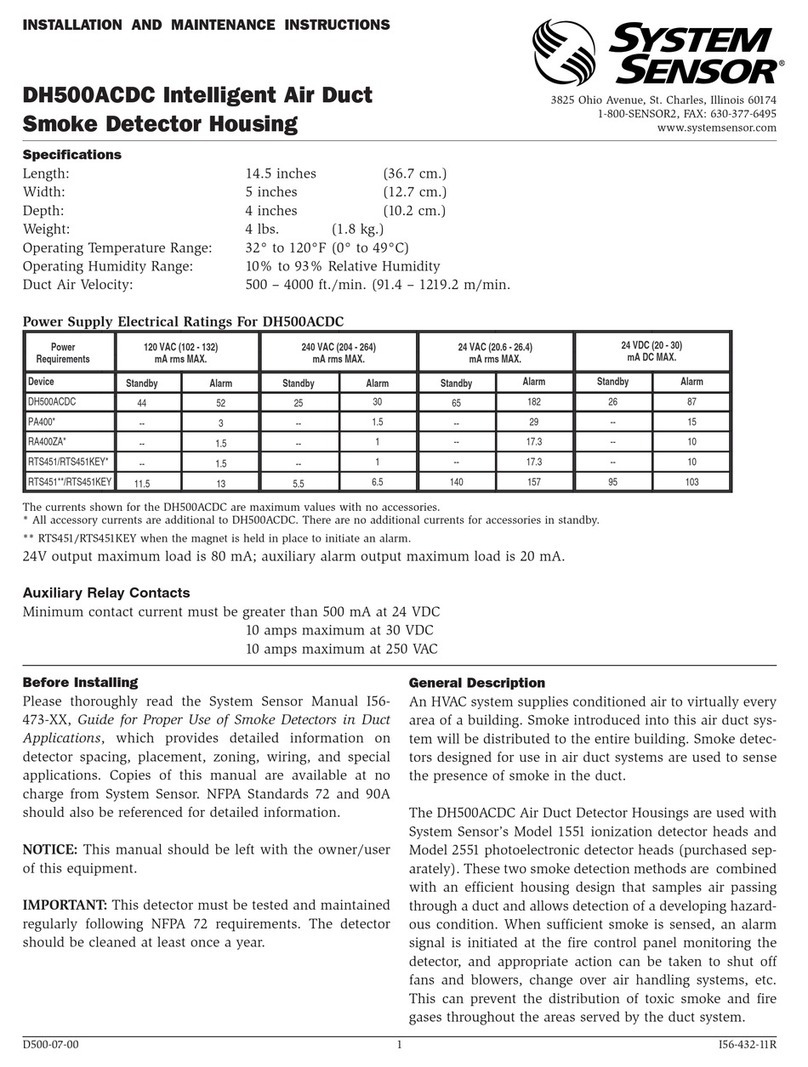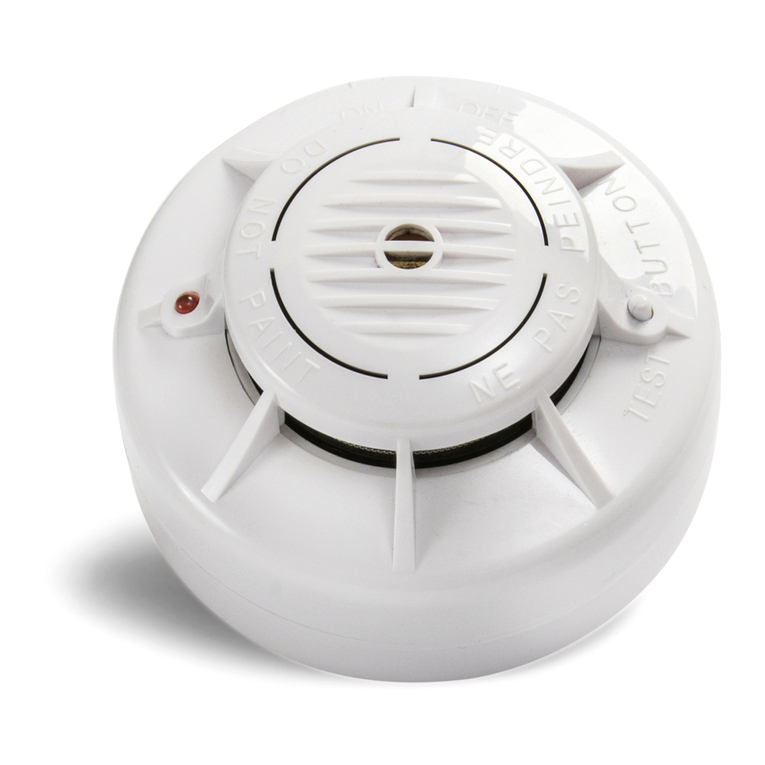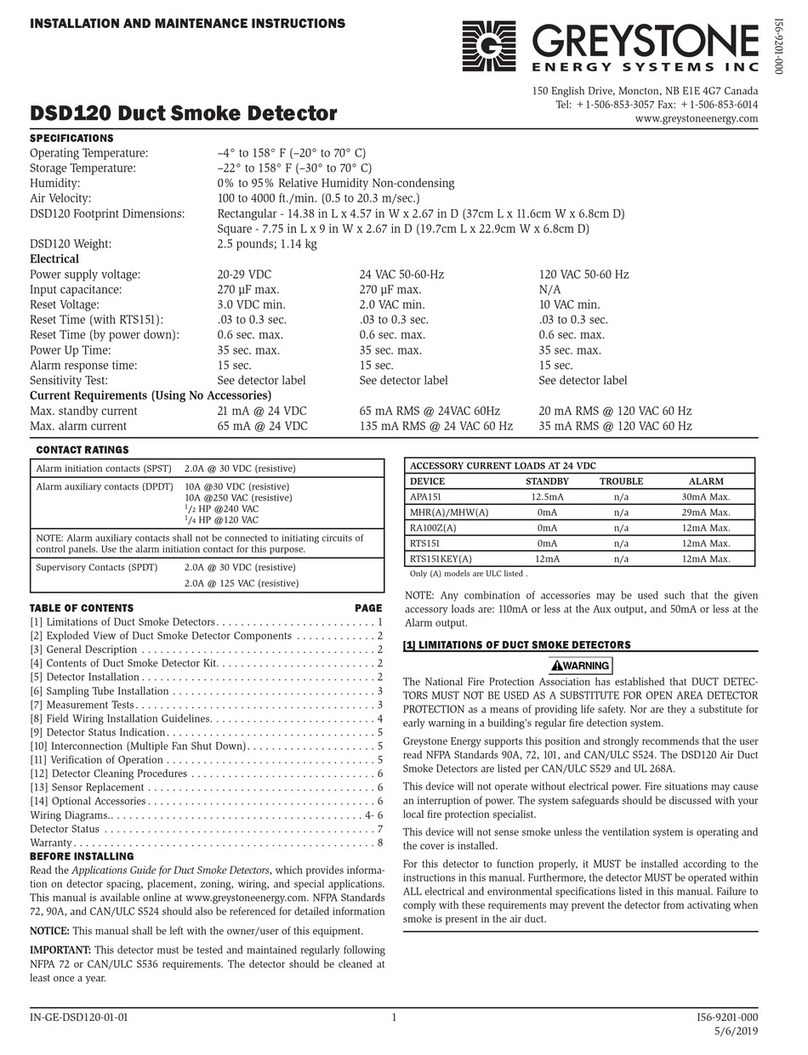
1.2 SPECIFICATIONS
Range of action, m, range "10-100" 10...100
range "1-15" 1...15
Settable thresholds, dB 1, 2, 3
(approximately 15, 30 and 45% absorption by smoke)
Response time in the mode "ALARM (FIRE)", s, no more than 30
Readiness time, s, no more than 10
Power disruption time to reset, s, not less than 1
Operating voltage of transmitter and receiver, VDC 18...30
The transmitter and receiver are insensitive to the polarity of the supply voltage
Operating current of transmitter or receiver, mA, up to 8
Receiver current in mode "ALARM", mA, not less than 18
The maximum switched voltage by contacts
“ALARM”, "FAULT", V 100
The maximum switched current by contacts
“ALARM”, "FAULT", A 0.15
Maximum resistance of closed contacts of relay “FAULT", Ohm 30
Operating distance of remote control, m from 1 to 20
The deviation of the optical axis of the transmitter
relative to optical axis of the transmitter-receiver, degrees, not more than
during installation ±5
during operation ±2
The deviation of the optical axis of the receiver
relative to optical axis of the transmitter-receiver, degrees, not more than
during installation ±15
during operation ±2
Operating conditions of the transmitter, receiver:
Ambient air temperature, degrees Celsius from minus 5 to 40
Relative air humidity at 25°C, %, up to 98
Atmospheric pressure of air, kPa 84...107
Degree of protection of the detector and receiver shell IP40
Working position any
Working hours round-the-clock continuous
Service life, years 10



























